Blanchard de la Brosse Museum - Saigon History Museum
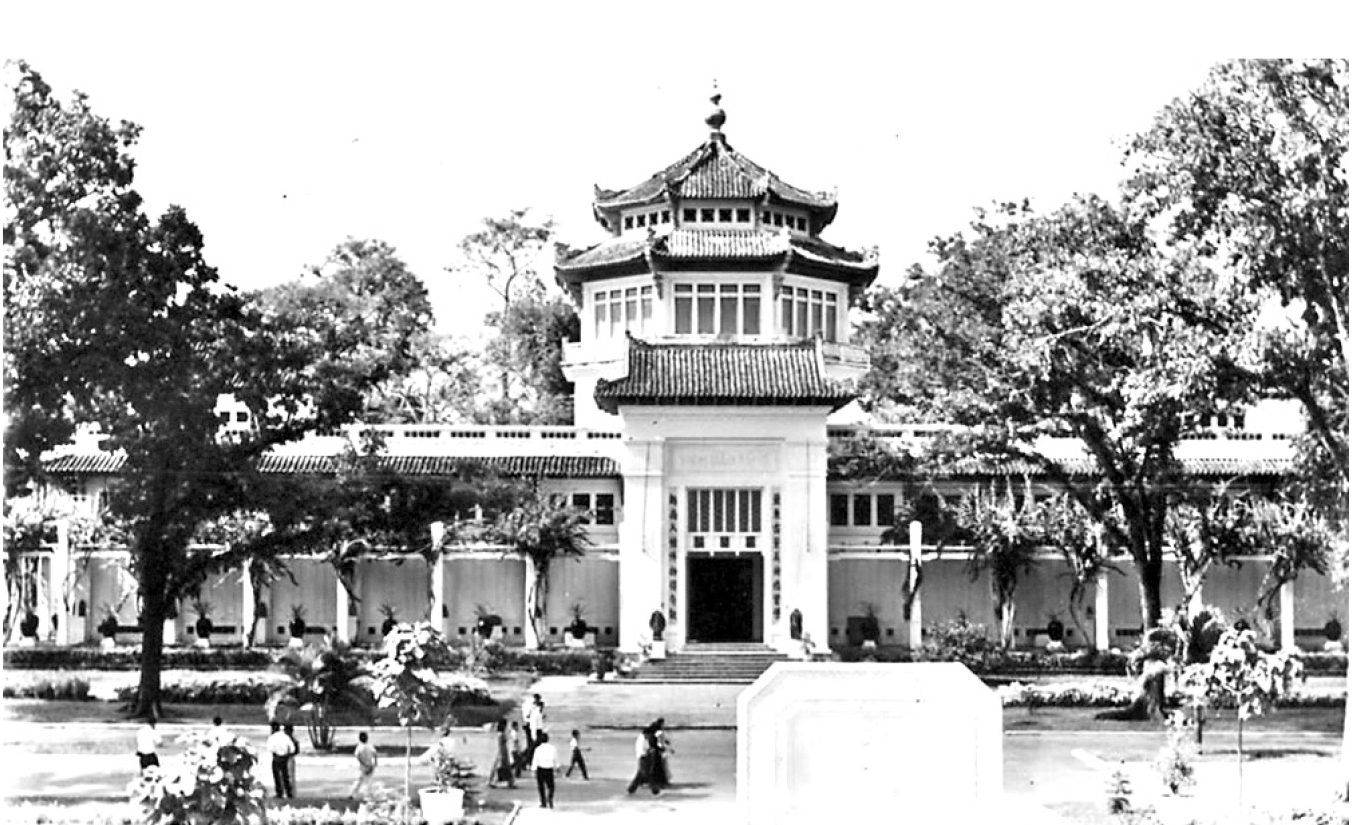
Blanchard de la Brosse Museum 1950s . ..
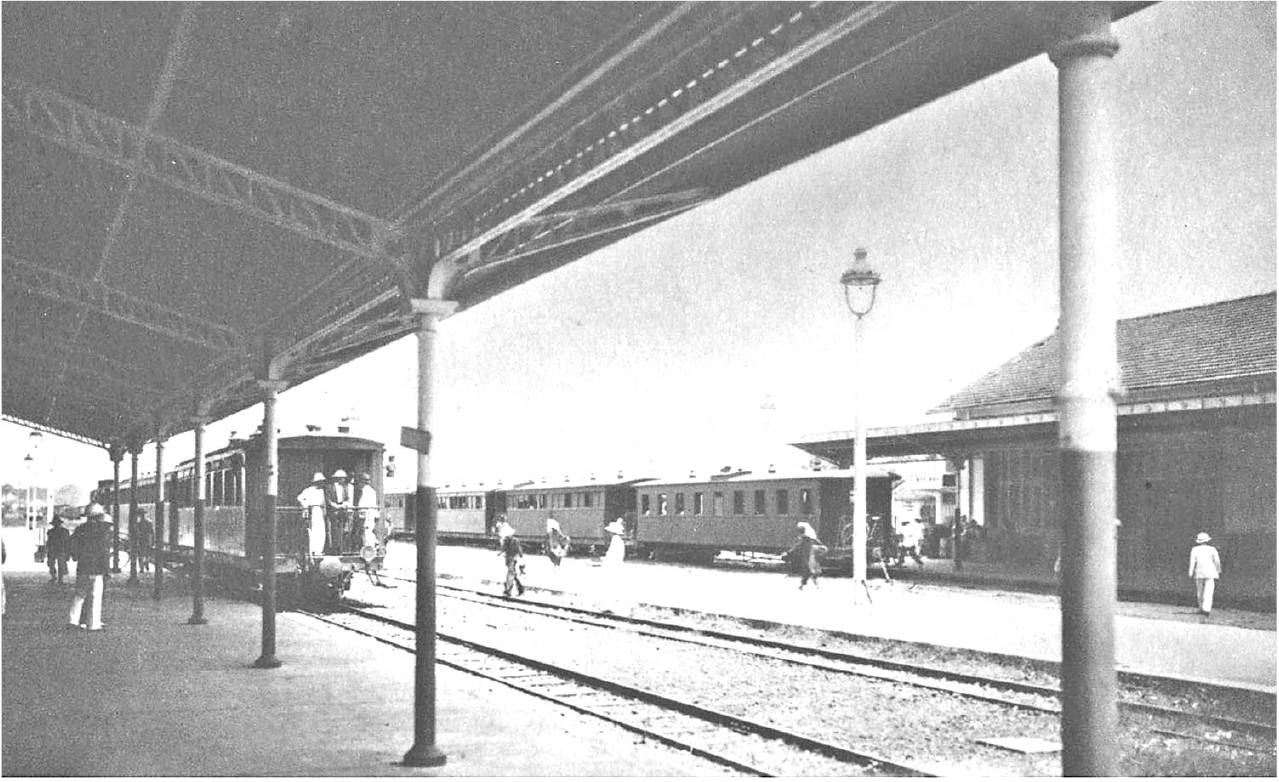
...and Saigon train station - Saigon gare, early 20th century
The museum was founded in 1929, also known as the Museum of the Society for Indochinese Studies (Musée de Société des Études Indochinoises). The intention to establish the museum dates back to 1882 when the colonial Council agreed in principle, through the proposal of Professor Milne-Edwards, to build a museum for the city of Saigon. The Society for Indochina Studies at that time needed a place to store documents, Khmer and Cham archaeological artifacts, prehistoric stone objects in the Saigon area and scattered in the South that had been collected through discoveries many years ago.
During the period from 1882 to 1929, the museum had to temporarily move to many places, such as renting a house (1904) at 140 Pellerin Street (now Pasteur), at 16 Lagrandière Street (Ly Tu Trong) temporarily from 1917, until 1925 in the Hôtel du Contrôle financier building at 12 Boulevard Norodom (now Le Duan) before moving to a location in the botanical garden. Among the members of the Indochina Research Association in Saigon, there were many well-known people such as historian Aymonier, doctor Mougeot, Truong Vinh Ky, Truong Minh Ky, Paulus Cua, A.Landes, doctor Dejean de la Batie, Le Van Thong, engineer Thévenet, archaeologist Henri Marchal, Georges Maspero, Nguyen Van Cua (owner of the Nguyen Van Cua printing house).
The museum was built from 1928 to January 1, 1929, after the death of Dr. Victor - Thomas Holbé in 1927. Mr. Holbé was also a wise man in many fields and loved to collect antiques. His house in Maréchal Joffre Square (today's Turtle Lake Square) had many tropical trees of all kinds and was a gathering place for many French and Vietnamese intellectuals and scholars to talk and discuss all issues. His pharmacy at the corner of Catinat and Bonard streets was one of the first pharmacies in Saigon.
When he died, not wanting his collection to be dispersed and auctioned, the Indochina Research Society (Société des Études Indochinoises) called on members and sponsors to raise 45,000 VND to buy back the collection and donate it to the government with the aim of encouraging the authorities to build a museum to store it. This plan had good results and on November 24, 1927, the governor of Cochinchina PaulMarie Blanchard de la Brosse (1926 - 1929) signed a decree to establish the Saigon Museum. From 1956 to 1975, the Saigon Museum under the Republic of Vietnam was called the National Museum of Vietnam (May 16, 1956), managed by the Ministry of Education . In 1970, the museum was expanded, adding a U-shaped building with a lake in the middle, designed by architect Nguyen Ba Lang. After 1975, the museum was renamed Ho Chi Minh City Museum of History.
The building was designed by architect Auguste Delaval and is one of two buildings in Saigon considered to represent the unique East-West fusion architecture, Indochinese architecture. […]
Saigon Train Station - September 23 Park
The main train station in the center of Saigon, connecting the railway to Cho Lon and My Tho. Before 1915, the main station in Saigon was located at quai de Commerce (Bach Dang wharf) at the beginning of Krantz (Ham Nghi) street. Then it was moved to the middle of Ham Nghi street. In September 1915, Saigon station was moved to the location of the warehouse, railway repair and maintenance workshop, which is now September 23rd Park. [Current Saigon station (formerly Hoa Hung station) is located in District 3 - BT],
Saigon Railway Station is the starting point of the Saigon - My Tho railway. According to the Indochina Yearbook 1897, the Saigon - My Tho railway was assigned by the government to the Société Genérale des Tramways à Vapeur de Cochinchine (Concessionaire du chemin de fer de Saigon à My Tho, exploitations réunies). The company was headquartered at quai de l'Arroyo-Chinois (Chuong Duong wharf). The Société genérale des tramways à vaporeur et chemin de fer de Saigon-Mytho was directed by Mr. Cazeau, and Mrs. Hyacinthe Vinson was the stationmaster of Saigon. Mrs. Vinson was the wife of lawyer Gustave Vinson, who was for a time (1874 - 1876) the mayor of Saigon.
The Saigon - My Tho railway has the following stations: Saigon, Cho Lon, Phu Lam, Binh Dien, Binh Chanh, Go Den, Ben Luc, Binh Anh, Tan An, Tan Huong, Tan Hiep, Luong Phu, Trung Luong and My Tho. The total length of the Saigon - My Tho railway is 70.9 km.
The Saigon - My Tho railway was an important means of transport connecting the capital of Cochinchina to the provinces of the West. From the provinces of the West, under the French colonial period, young people going to school or businessmen going to Saigon often took boats or trains to My Tho and stayed there the night before, then took the train to Saigon station in front of Ben Thanh market the next morning. From the countryside to the city was convenient and fast. In 1928, on the train from My Tho to Saigon, at Ben Luc station, two patriotic revolutionaries Nguyen An Ninh and Phan Van Hum, after traveling to the provinces to promote the patriotic spirit of the people, had a conflict with a soldier at the station. Phan Van Hum was arrested and Nguyen An Ninh escaped. (continued)
(Excerpt from Urban Architecture and Landscape of Saigon - Cho Lon Past and Present ; Ho Chi Minh City General Publishing House)
Source: https://thanhnien.vn/bao-tang-lich-su-sai-gon-ga-xe-lua-sai-gon-18524072122475212.htm


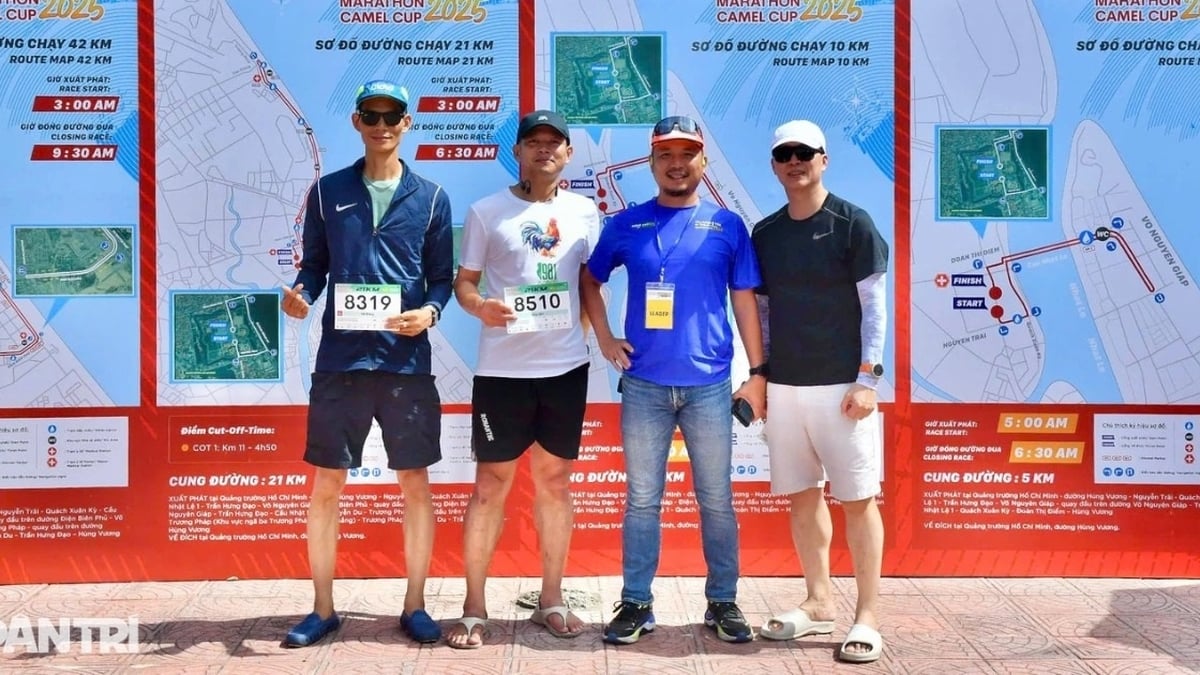

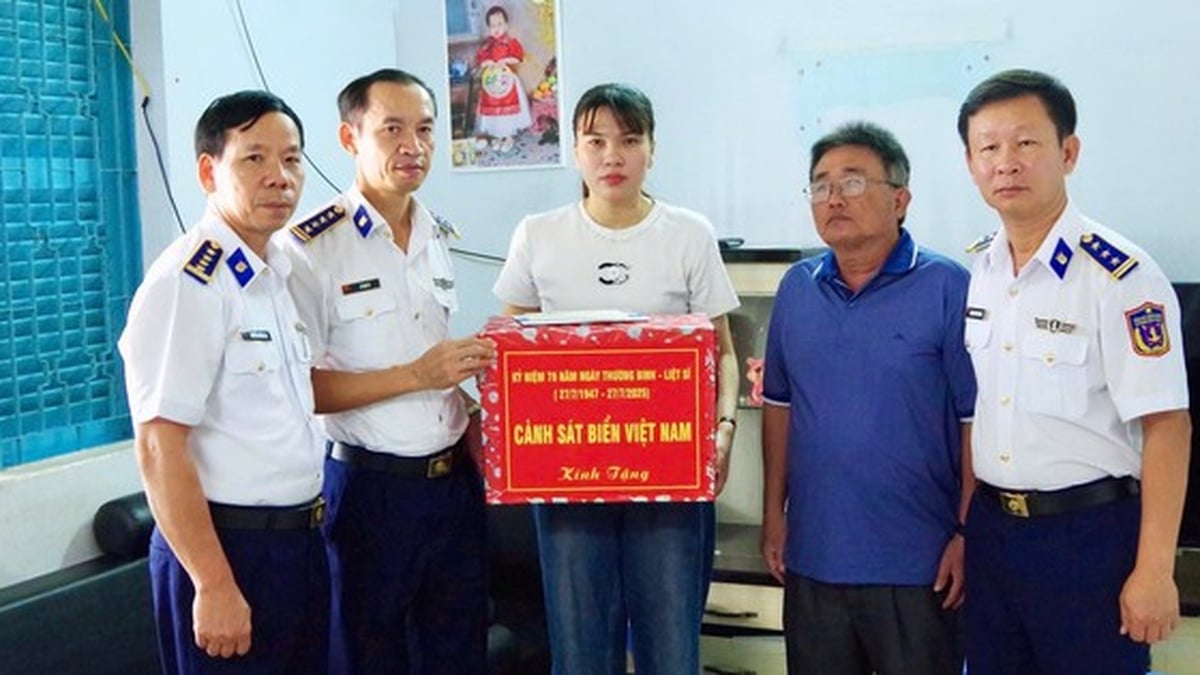
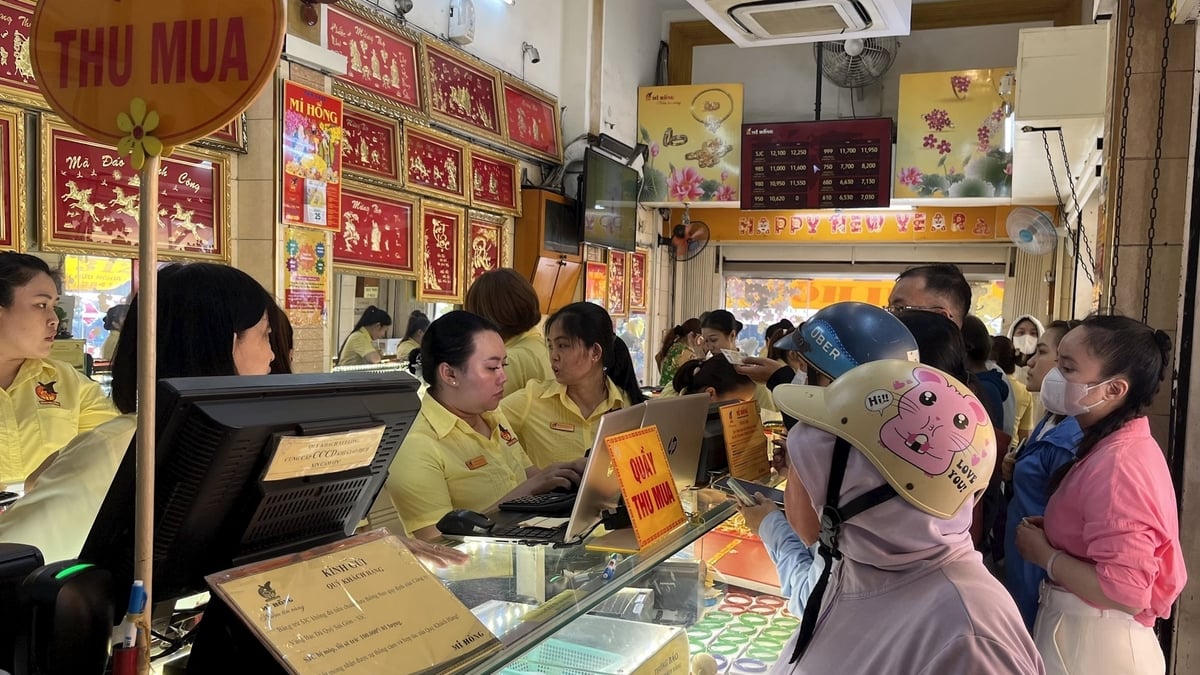
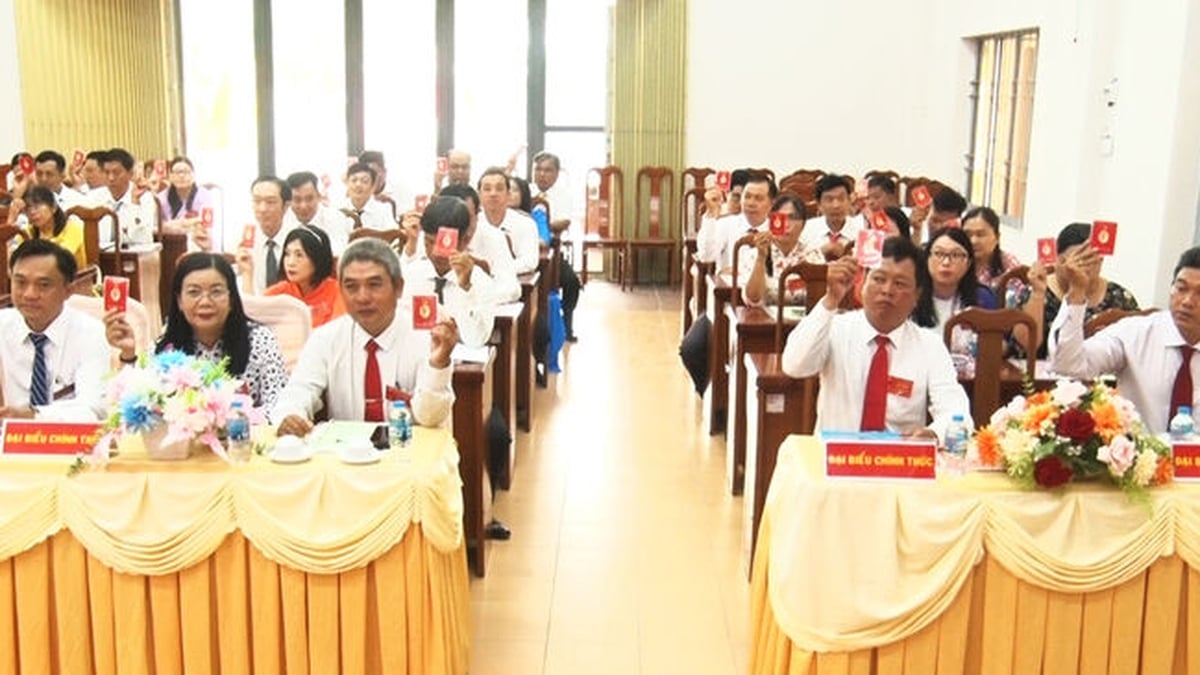
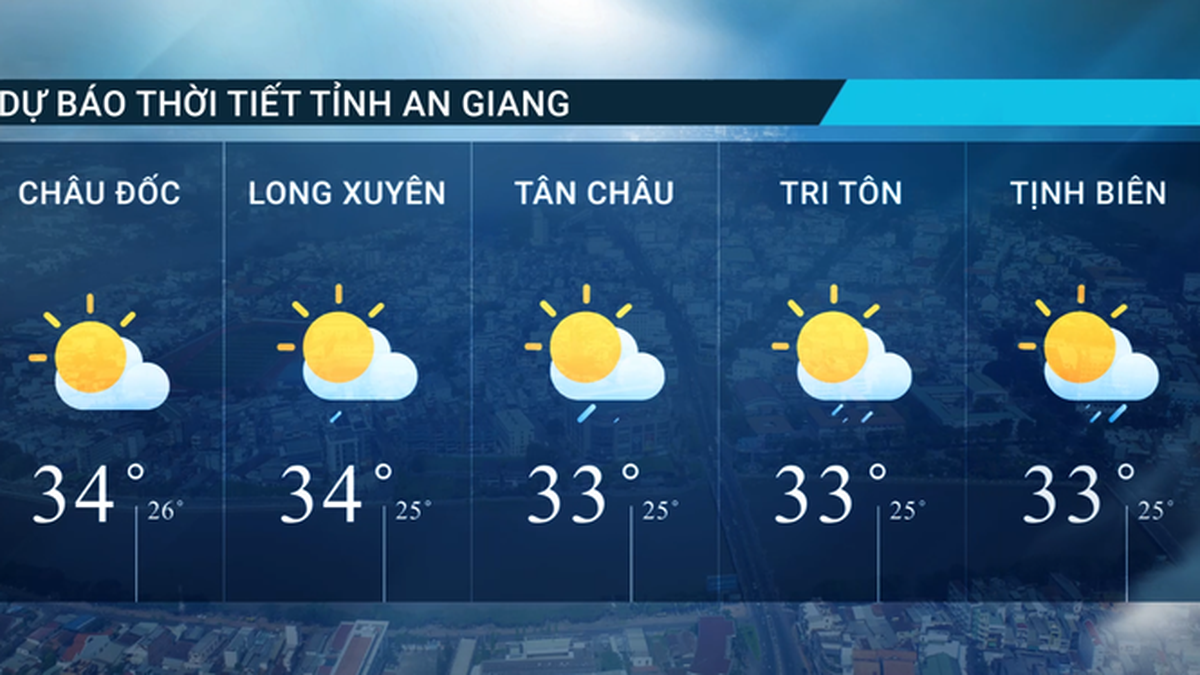

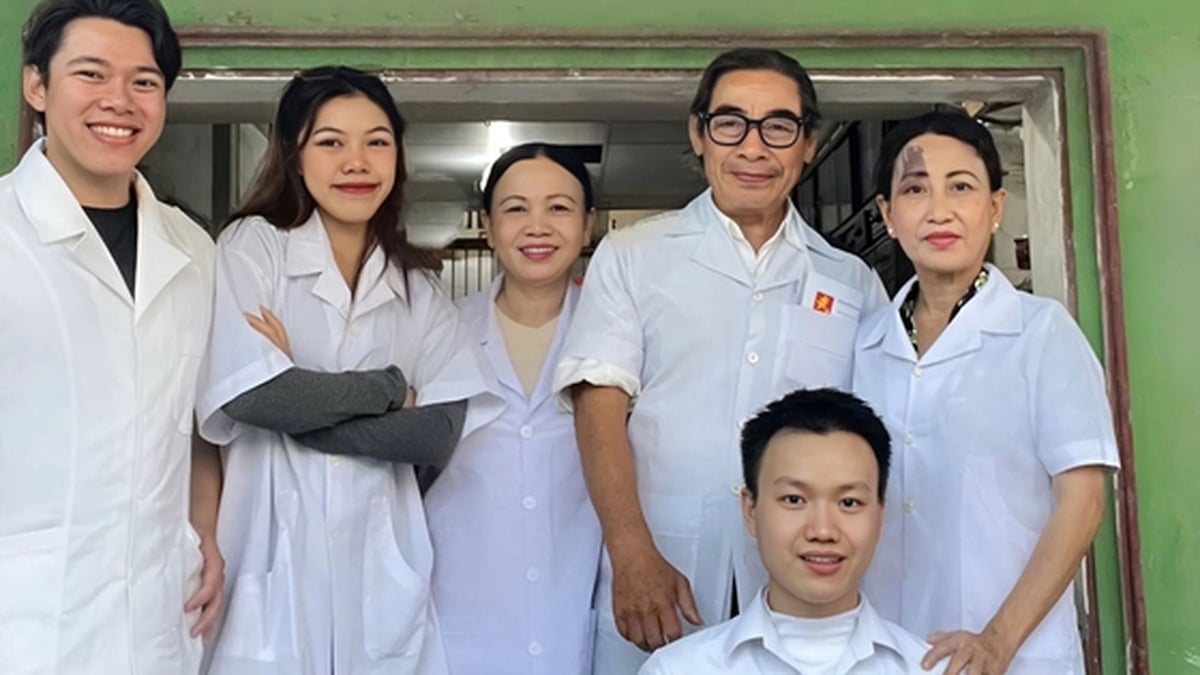




















































































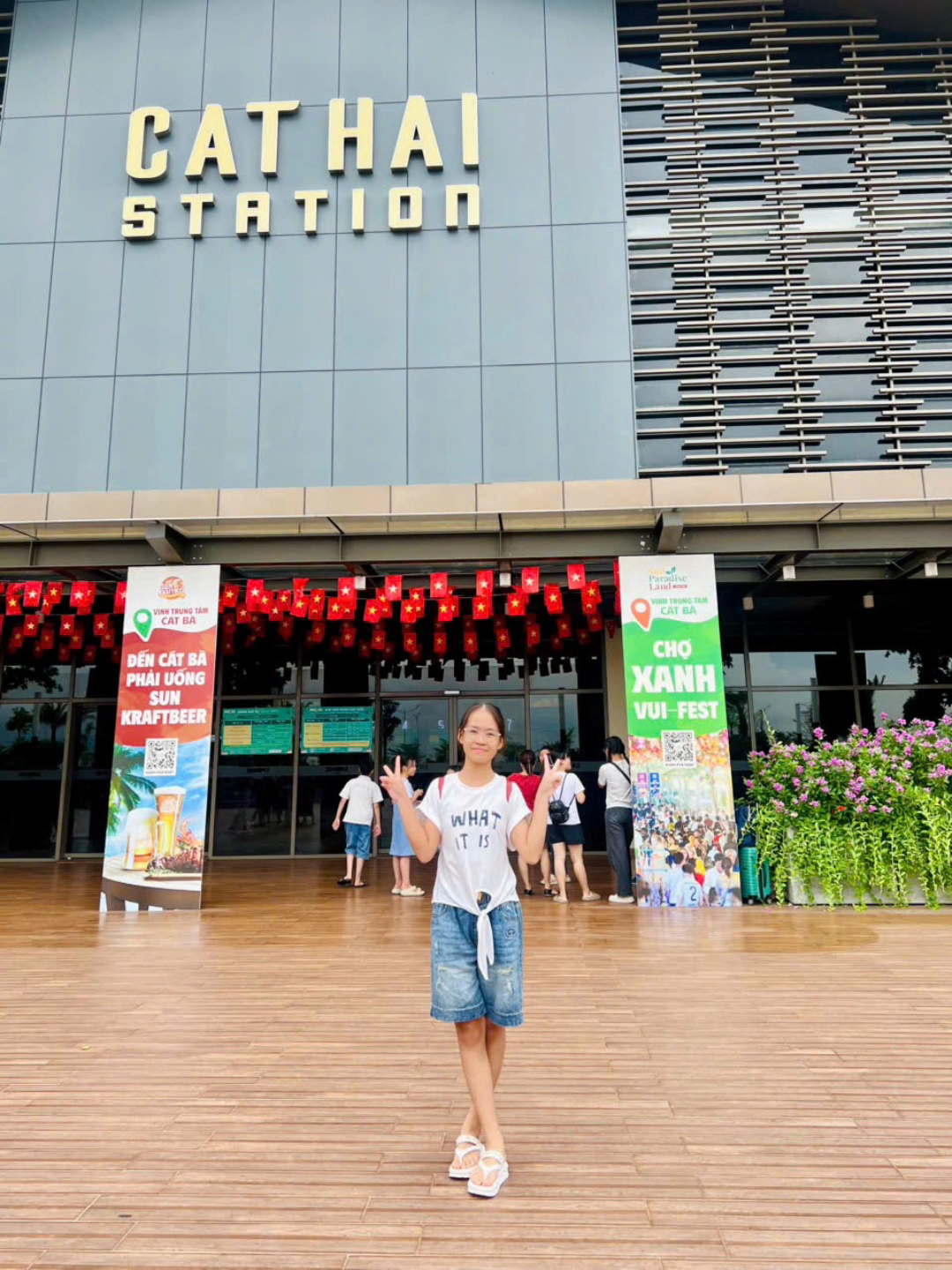
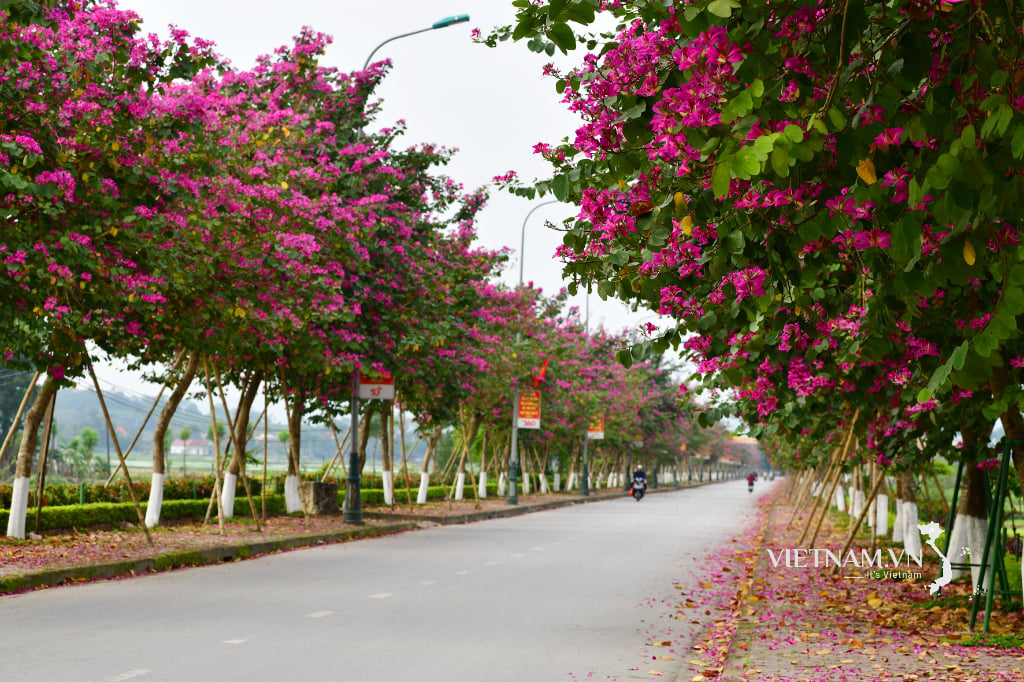
Comment (0)